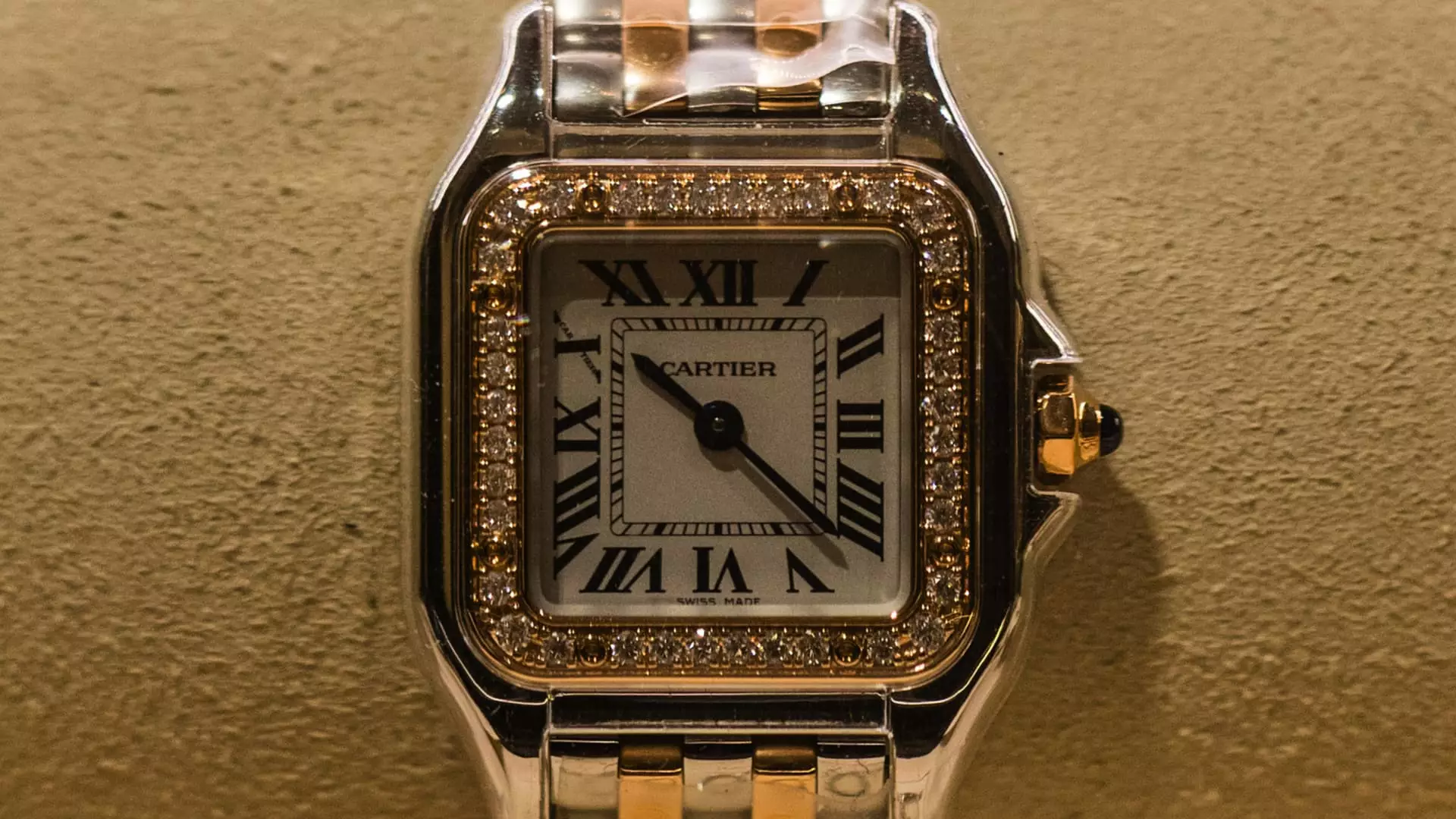It’s a curious phenomenon: amid swirling economic uncertainties, the world’s wealthiest seem unfazed. Richemont, the Swiss luxury powerhouse behind illustrious brands like Cartier and Van Cleef & Arpels, has astonished many with its latest fiscal results. A 7% year-on-year rise in fourth-quarter revenues, reaching €5.17 billion, defies pessimistic forecasts and speaks volumes about the enduring appetite for luxury goods. This growth wasn’t just a coincidence but rather a testament to the resilience of high-end consumers, who continue to indulge while the average shopper tightens belts.
Investors were also pleased, as reflected in a healthy 6.5% uptick in share prices shortly after the announcement. One must ask: what separates the prime consumers from the rest? It’s a complex interplay of lifestyle, status, and a relentless demand for exclusivity—a political economy of wealth where the glitter of luxury mitigates the shadows of economic uncertainty.
The Jewel in Luxury’s Crown
At the core of Richemont’s success lies its Jewellery Maisons division, the segment that has shown remarkable double-digit growth. This is indeed the crown jewel in its portfolio, captivating the hearts of affluent buyers who seek not just products, but emotions etched in gold and diamonds. However, the company’s watch segment paints a different picture—a decline that exposes vulnerabilities. The specialist watchmakers, including Piaget and Roger Dubuis, faced a slump primarily due to weakening demand from the Asia-Pacific, notably China.
The striking difference in sales performance raises questions about regional dynamics in luxury consumption. Japan, for example, experienced a staggering 25% growth driven by strong local and tourist spending, a stark contrast compared to the declining Chinese market, where a staggering 23% drop looms. This disparity isn’t merely a statistic; it highlights shifting economic tides, revealing how fragile the luxury sector can be in the face of geopolitical and economic storms.
Navigating Global Challenges
Richemont’s Chairman Johann Rupert alluded to the persistent “global uncertainties” that require vigilance and adaptability. With looming threats from fluctuating gold prices, U.S. tariffs, and the unpredictable behavior of foreign currencies, the challenges are palpable. While analysts from BofA Global Research have identified these headwinds, they also suggest that Richemont’s pricing power could assist in weathering the storm. Pricing, they assert, might offset at least half of these pressures, hinting at a strategic advantage that could insulate the brand from broader economic malaise.
Despite these challenges, the luxury sector holds an almost mythical quality where brands exude power and influence. If the past year has taught us anything, it’s that high-net-worth individuals will keep their spending habits intact, even in times of chaos. They wield their purchasing power like a shield, fortifying their discretion against the swelling tides of economic downturn.
In a world driven by consumerism, the luxury sector reflects deeper societal undercurrents, juxtaposing gloss with grit. While many sectors falter, the alluring allure of high-end retail stands as a beacon of resilience, though it remains a precarious balance resting on the whims of the global elite.



Leave a Reply